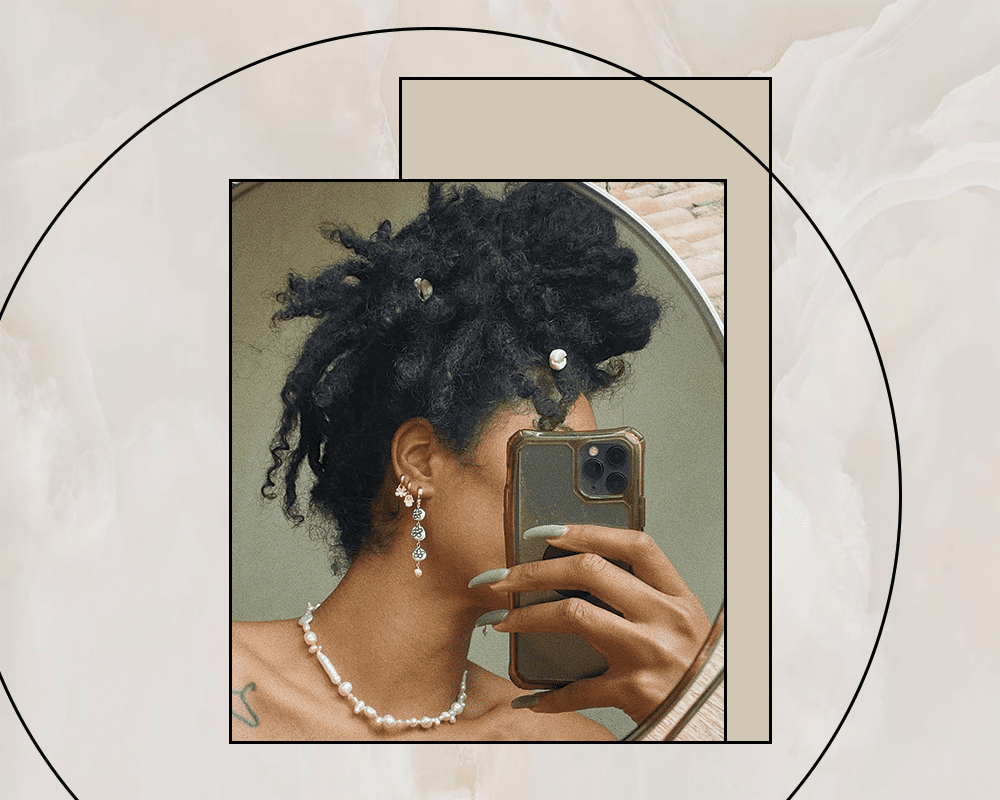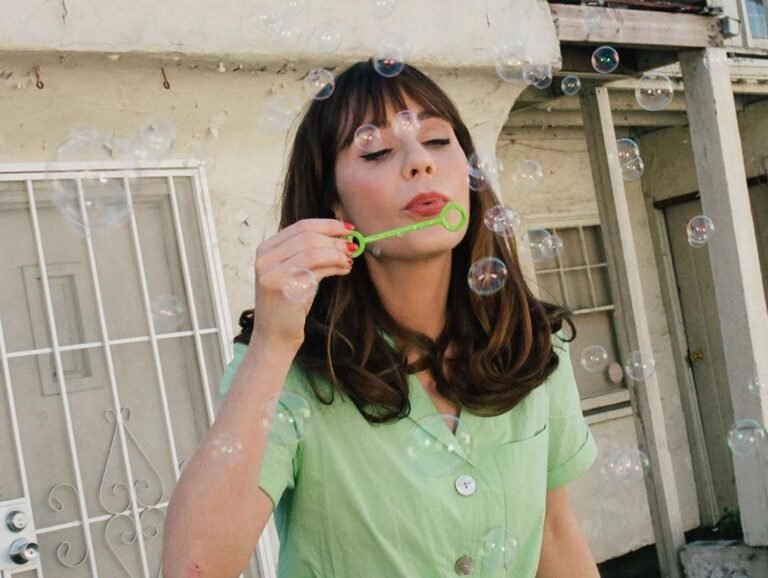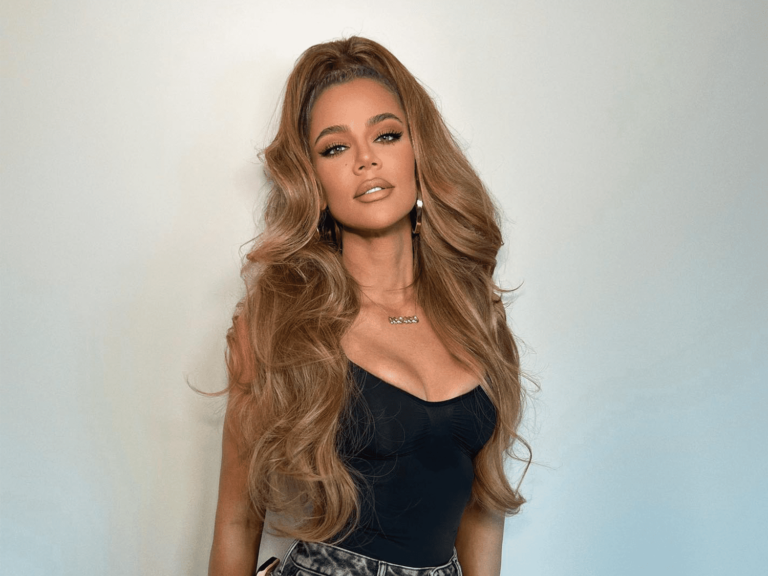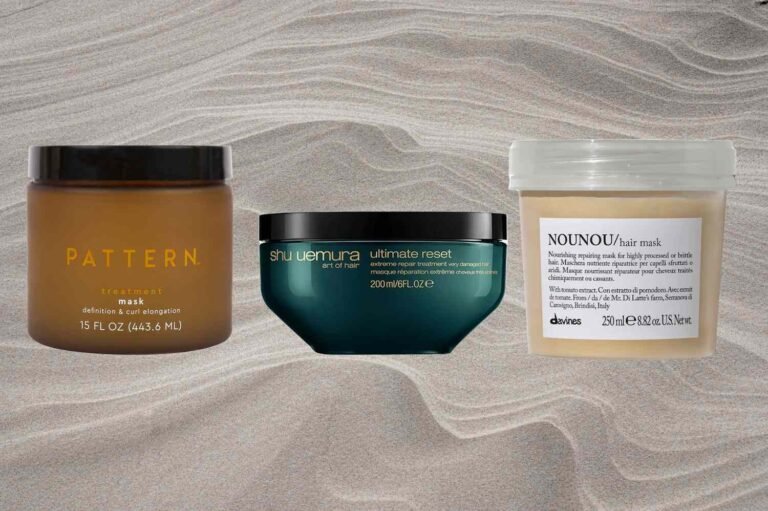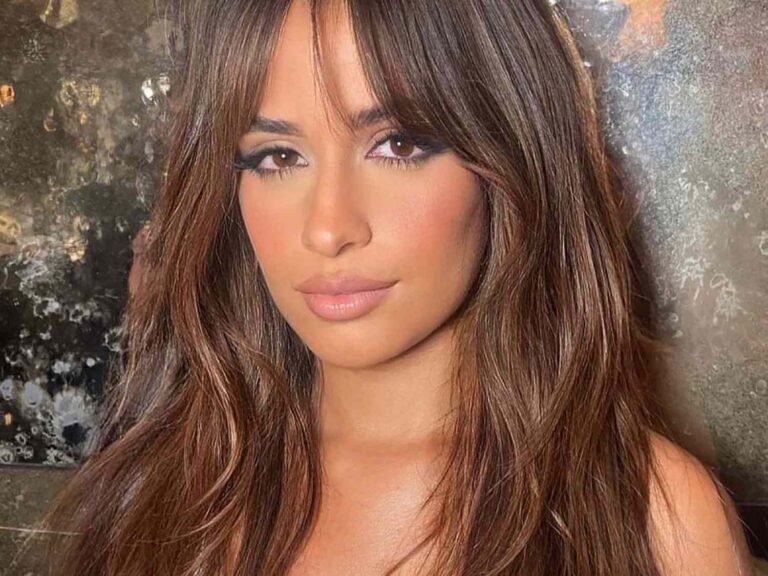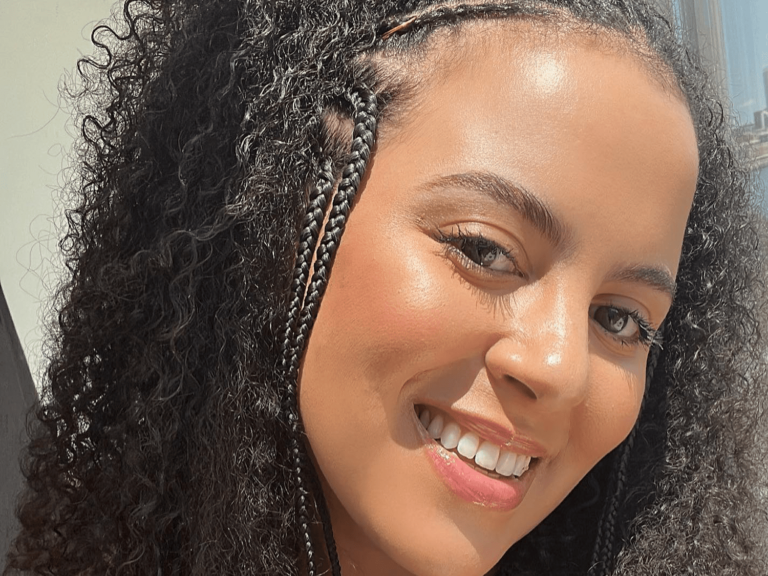The Complete Guide to Locs: Benefits, History, and Maintenance
Looking for a comprehensive guide to locs? This complete guide covers the benefits, history, and maintenance, offering valuable insights for loc maintenance and the historical significance of dreadlocks.
Whether you’re considering starting locs or seeking effective maintenance tips, this guide provides valuable information to help you maintain healthy and vibrant locs. From the historical roots of locs as symbols of strength and integrity to effective maintenance techniques, this guide explores the rich history and practical care of dreadlocks.
Understanding the cultural significance and maintenance methods for locs is essential for keeping them strong and vibrant. Explore the origins and benefits of locs and learn how to maintain and care for them throughout your loc journey.

Credit: www.amazon.com
History Of Locs
Locs have a rich history and were used as a cultural symbol in pre-Columbian America, Oceania, and Africa. They represented a connection with the divine and the spirit realm, symbolizing strength and integrity. To maintain locs, it is important to have a strong foundation and to palm roll them regularly for best results.
Ancient Origins
Ancient cultures across pre-Columbian America, Oceania, and Africa embraced locs as a symbol of spirituality and strength. Shamans and warriors adorned these dreadlocks as a powerful connection to the divine.
Cultural Significance
Locs held immense cultural significance, representing integrity and honor among tribal chiefs and warriors. The hairstyle symbolized a deep-rooted connection to the spirit realm, embodying resilience and spiritual alignment.
Benefits Of Locs
Locs, also known as dreadlocks, offer a range of benefits that make them a popular and versatile hairstyle. From low maintenance to the freedom of styling, locs come with numerous advantages for individuals with various hair types and textures. Let’s delve into the specific benefits locs offer.
Low Maintenance
One of the primary advantages of locs is their low maintenance nature. Once the locs are established, they require minimal day-to-day upkeep, saving time and effort. Regular washing and occasional maintenance appointments are all that’s needed to keep locs looking neat and healthy.
Versatility In Styling
Another appealing aspect of locs is their versatility in styling. Contrary to common misconceptions, locs can be styled in various ways, allowing for self-expression and creativity. Whether it’s braiding, twisting, or wearing them in an updo, locs provide numerous styling options.
Creating Locs
Discover the complete guide to locs, exploring the benefits, history, and maintenance of this iconic hairstyle. Learn about the cultural and symbolic significance of locs, as well as the best practices for their care and upkeep.
Different Methods
Creating locs is a process that involves several different methods. Some people choose to start their locs naturally, allowing their hair to naturally coil and lock on its own. This method is known as the freeform method and is ideal for those who want a more organic and low-maintenance approach to locs.
Others may opt for more structured methods, such as palm rolling, which involves twisting and rolling sections of hair to encourage the formation of locs. This method is often used in the early stages of loc development to help shape the hair into defined locs.
A similar method is interlocking, which involves using a specialized tool to create small holes in the hair shaft and then threading the hair through those holes. This method is known for creating tight and uniform locs.
Another popular method is the two-strand twist method, which involves dividing the hair into small sections and twisting each section with two strands of hair. This method creates a more textured and defined look to the locs.
Initial Stages
The initial stages of creating locs are crucial for establishing a strong foundation. It’s important to start with healthy, undamaged hair, as this will lead to stronger, more resilient locs. Regularly moisturizing and conditioning the hair is also essential to prevent dryness and breakage.
When starting locs, it’s common to experience an “ugly” or “awkward” phase as the hair transitions and locks form. This phase is temporary and is a natural part of the loc journey. Embracing this phase and being patient is key to achieving the desired loc look.
During the initial stages, it’s important to refrain from excessive manipulation or styling that could disrupt the loc formation. This includes avoiding brushing or combing the hair and minimizing the use of styling products that could cause buildup.
Regular maintenance during the initial stages is crucial to ensure the locs develop properly. This may involve regular palm rolling, retwisting, or interlocking to help shape and strengthen the locs. It’s also important to maintain a healthy scalp by keeping it clean and moisturized.
Overall, the initial stages of creating locs require patience, dedication, and a commitment to proper care and maintenance. With time and consistency, the locs will mature and become more defined.
Maintaining Locs
Discover the essential steps to maintaining your locs to keep them healthy and vibrant.
Regular Care Routine
Establish a consistent care routine that includes washing your locs regularly with a gentle shampoo to remove buildup.
Moisturizing And Hydration
Keep your locs hydrated by using a water-based moisturizer and sealing in moisture with natural oils like coconut oil. Regularly hydrating your locs prevents them from becoming dry and brittle.
Tools And Products For Locs
One crucial aspect of maintaining locs is using the right tools and products. From essential tools for proper loc maintenance to recommended products that promote healthy loc growth, having the correct items at your disposal can make a significant difference in your loc journey.
Essential Tools
- Quality metal or wooden rattail comb
- Microfiber towel for gentler drying
- Soft-bristle brush for neatening edges
- Stainless steel clips for sectioning
- Crochet hook for retwisting
Recommended Products
| Product | Description |
|---|---|
| 1. Loc Shampoo | Gentle cleansing to avoid residue buildup |
| 2. Loc Oil | Hydration and nourishment for scalp and locs |
| 3. Aloe Vera Gel | For soothing the scalp and promoting healthy growth |
| 4. Loc Butter | Moisture retention and frizz control |
| 5. Silk/Satin pillowcase or scarf | Reduce friction and prevent breakage during sleep |
Having the right tools and products is essential for maintaining healthy and vibrant locs. With these essentials in your arsenal, you can confidently care for and maintain your locs, ensuring they remain strong and beautiful.

Credit: co.pinterest.com
Common Mistakes To Avoid
When caring for locs, it’s critical to be aware of common mistakes that can hinder the health and maintenance of your hair. By steering clear of these errors, you can ensure your locs remain strong, healthy, and vibrant.
Overlooking Scalp Health
Neglecting to prioritize scalp health is a common error that many people make when maintaining locs. A healthy scalp is essential for promoting hair growth and preventing issues like dandruff and itching.
Using Incorrect Products
Choosing the wrong products can have a detrimental effect on the health of your locs. Avoid using products that contain harsh chemicals or heavy oils that can build up on your hair and scalp.
:max_bytes(150000):strip_icc()/SophiaEmmanuelbio-9c9762ff738b4d6485287f37b9f6a821.jpg)
Credit: www.byrdie.com
Frequently Asked Questions
What Is The Real History Of Locs?
Dreadlocks have a rich history originating in pre-Columbian America, Oceania, and Africa. They were a cultural and spiritual symbol, often associated with shamanism and strength for warriors and chiefs.
What Is The Historical Significance Of Dreadlocks?
Dreadlocks held cultural and spiritual significance in various ancient societies including Africa, Oceania, and pre-Columbian America, symbolizing strength and connection to the divine.
What Is The Best Maintenance For Dreadlocks?
To maintain dreadlocks, palm roll them weekly on damp hair after washing. Rotate starting points to avoid uneven dreads and consider root rubbing for upkeep.
Is Made For Locs Black Owned?
Yes, MADE FOR LOCS® is a black-owned brand specializing in products for locs.
Conclusion
Locs are not only a beautiful hairstyle but also hold deep cultural and historical significance. Understanding the benefits and maintenance of locs ensures they can be enjoyed for a lifetime. By caring for locs with the right maintenance, one can embrace the rich history and empower a connection with heritage and tradition.

